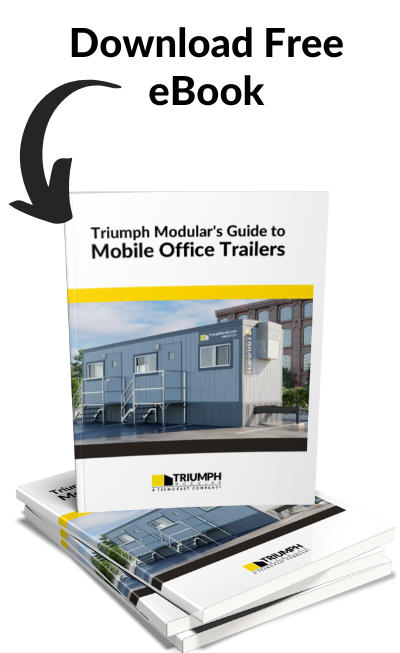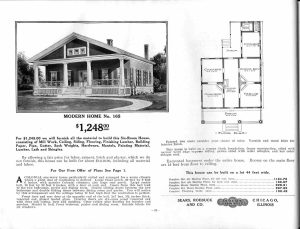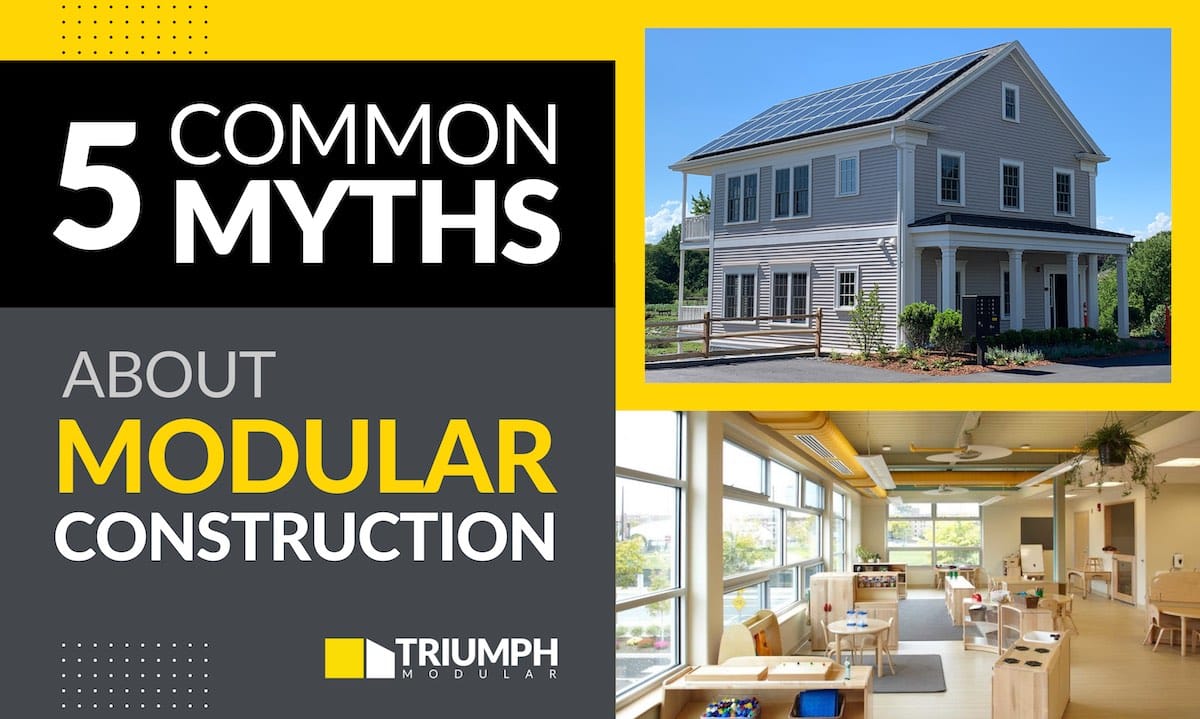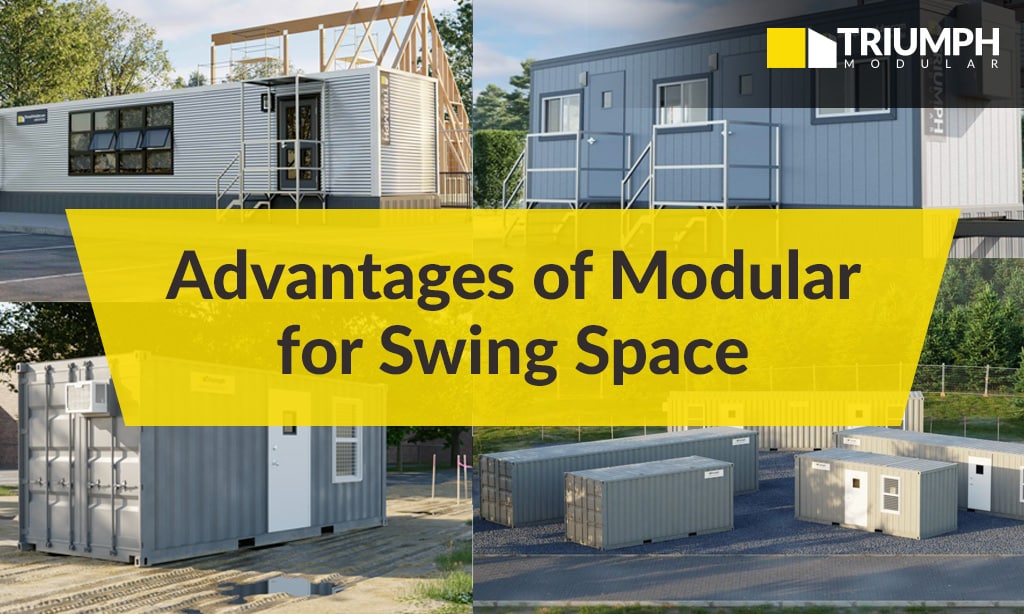Modular construction provides a true alternative to traditional construction processes, with many benefits to consider.
However, as a leading modular construction company, we’ve heard many myths about modular capabilities over the years. As a construction method, modular continues to be misunderstood. Gone are the days when modular construction was simply a novelty construction method—it provides higher speed to occupancy, greener construction, and many more benefits.
Below, we’ll help dispel five of the most common modular construction myths and misconceptions.
MYTH #1: Modular means no design flexibility
Contrary to popular belief, there isn’t a one-size-fits-all module that modular building designs must conform to—not every project is created using the same 12′ x 60′ blocks.
In fact, the opposite is often true.
The limitation in module size is driven by the need to deliver modules to the project site over highways and roads. However, architects and designers familiar with modular construction have overcome travel restrictions using creative approaches.
For example, they commonly use clear-span building technology, which allows buildings to feature large open spaces or combine modules of differing sizes to achieve desired outcomes. Designers have also used a variety of modular building components combined with some site-built features to realize their vision.
With a little innovation, designers have created inspiring buildings that offer flexible solutions to businesses in many industries.
MYTH #2: Modular buildings are only temporary
Temporary modular buildings fill a genuine need in our society. They can provide schools with much-needed classroom and administrative space during new construction projects and influxes in enrollment. They can also offer housing or keep companies up and running in the event of a natural disaster.
However, there are varying types and features of temporary modular buildings. They range from FEMA-type housing to purposefully designed first-class office space buildings capable of being installed on a permanent foundation and used for as many years as a comparable site-built version.
In contrast to temporary buildings designed ONLY for short-term use, there are modular buildings designed and built with permanence as the objective. These permanent modular buildings are beautifully designed and manufactured in lean environments where quality control processes far exceed what is achievable on any project site. These permanent modular buildings, when installed on-site, are indiscernible from others built using traditional on-site methods.

MYTH #3: Modular buildings are of inferior quality.
It should be stated very clearly in response to this argument that modular construction is a method, not a product. The difference between modular construction and on-site building methods is that modular construction occurs inside a factory vs. at the project site, where the building will eventually rest. Modular buildings use identical materials and meet local and national building codes, including the IBC—just as site-built construction must.
 MYTH #4: Modular buildings are architecturally boring.
MYTH #4: Modular buildings are architecturally boring.
Modular construction doesn’t stand in opposition to creativity. There are design considerations, but there are no limitations on the uniqueness of the design.
Twenty-five years ago, this argument was more difficult to debunk, though still untrue. Today there are countless examples of beautiful and unique buildings constructed using modular methods.
For example, the Whistler Athletes’ Village Lodge by Britco Structures is an attractive example of modular construction. The same can be said for our project, the David H Koch Childcare Center.
With leaps and bounds being made over the years, modular construction can provide limitless possibilities for architecturally complex and aesthetically pleasing buildings.
MYTH #5: Modular is an unproven method of construction
Records of modular construction in America date back much earlier than you might think. In fact, modular construction methods date back to the early 20th century when families could order a Sears, Roebuck & Co house to be delivered in a kit of parts.

If you still have doubts about the effectiveness of modular, we urge you to consult our permanent projects section. There, you’ll find many examples of modular buildings still being used today—some of which date back nearly two decades.
Learn More About Modular Construction and What it Can Do
Are you interested in learning more about the benefits and advantages of modular construction?
With over 40 years of experience, Triumph Modular has spent considerable time dispelling myths about modular and serving our valued clients. As an authority on modular construction, we can help you determine if modular is the right solution for your company.
Learn more about modular construction today.


 MYTH #4: Modular buildings are architecturally boring.
MYTH #4: Modular buildings are architecturally boring.


